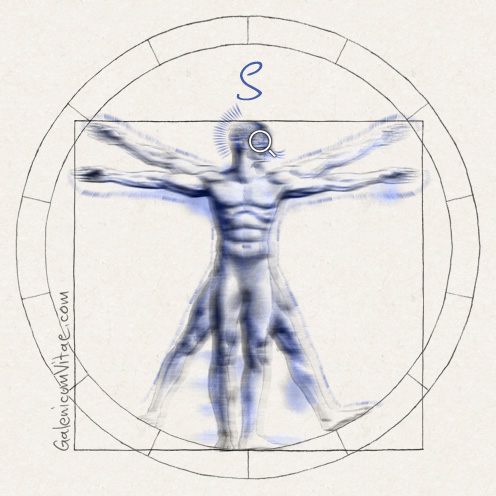A cataract is the clouding of the eye lens.
Risk factors. Cataracts usually affect people over 60 years of age and patients who have diabetes or have taken steroids chronically.
Symptoms. Symptoms begin when the lens (the natural lens of the eye that allows us to focus) starts to become cloudy. The lens is located behind the iris and focuses light towards the retina, which is at the back of the eye. The retina changes the light into nerve signals and sends them to the brain.
Prevention. There is no way to prevent cataracts, but using the proper prescription, stronger lighting, anti-glare glasses or magnifying glasses may help at first.
Cataracts start when the lens (the natural lens of the eye that allows us to focus) starts to become cloudy. The lens is located behind the iris and focuses light towards the retina, which is at the back of the eye. The retina changes the light into nerve signals and sends them to the brain. To produce a sharp image, the lens must remain transparent. People with cataracts lose perception of details.
If you are over 60, have diabetes or have taken steroids chronically greater risk of developing cataracts. At 80 years old, more than half of the people living in the United States have a cataract or have had cataract surgery.
A cataract can occur in one or both eyes and usually occur slowly and progressively. There is no way to prevent cataracts, but using the proper prescription, stronger lighting, anti-glare glasses or magnifying glasses may help at first.
The most common symptoms are:
- Blurred vision.
- Impaired perception of colours (more yellow or brownish).
- Halos around lights.
- Difficulty seeing at night.
- Double vision in one eye.
- Frequent changes in prescriptions for your glasses.
For more information visit:
Cataract
https://www.nei.nih.gov/health/cataract

 Digestive
Digestive  Blood
Blood Cardiovascular
Cardiovascular Dermatology
Dermatology Genitourinary,
Genitourinary, Hormones
Hormones Infections
Infections Oncology and
Oncology and Musculo-skeletal
Musculo-skeletal Mental health and
Mental health and Parasites
Parasites Respiratory
Respiratory Senses
Senses Various
Various




